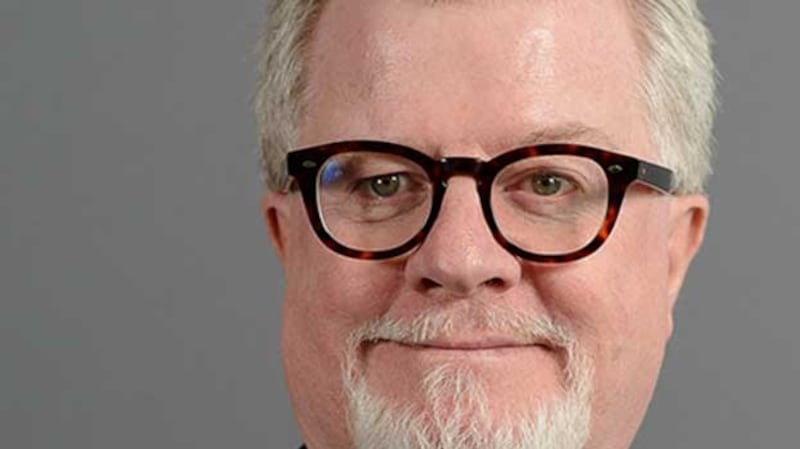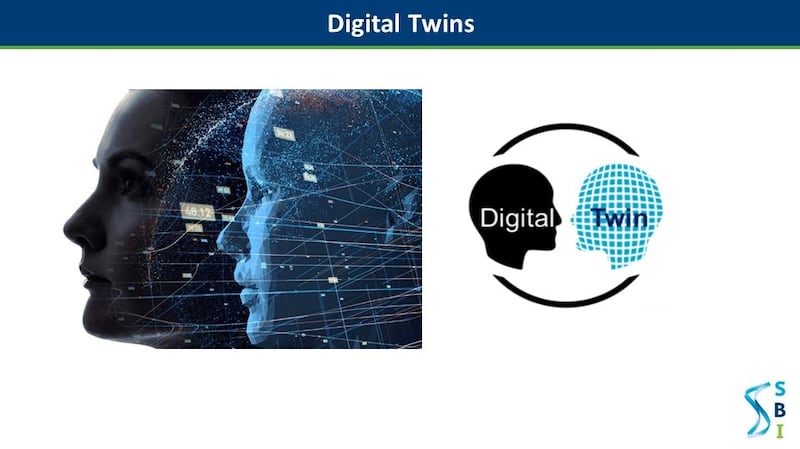Childhood cancer patients are surviving in far greater numbers than decades past, but many children are forced to pay a heavy price for their survival in the form of the severe side effects arising from toxic treatments.
The emerging field of precision oncology, however, promises to reduce side effects and maintain drug effectiveness.
The survival rate for children with leukaemia in the 1960s was close to zero, while today it is 90 to 95 per cent. This success, while not replicated across all childhood cancers, might have led some to conclude that because fewer children are dying the problem is, essentially, solved. Yet, one in 10 children with leukaemia are still dying, and many of those that survive are forced to live with severe side effects from their treatment.


"A lot of childhood cancer, which we are good at treating, comes at a high price as this is genotoxic chemotherapy," says Prof Walter Kolch, director of Systems Biology Ireland (SBI), a research institute based at UCD where scientists are using computer modelling to develop treatments tailored to suit each child with cancer.
“You can imagine what happens if you damage the genome of a small child,” Kolch says. “We have a personalised computer model of each patient, which we use to simulate how the patient’s disease will progress, what might happen if we give a drug, or what happens if a drug doesn’t work.” The models are called “digital twins”.
Medical science from the third quarter of the 20th century made huge progress on treating the average patient with cancer. In recent years, the focus has shifted to trying to better treat individuals with cancer. The advance of mathematics, machine learning and artificial intelligence has made this possible through virtual digital twins, where cancer and disease treatments for each patient is tested first “in silico”.
In November 2019, Precision Oncology Ireland was set up; a consortium of five Irish universities, six Irish charities and seven industrial partners with funding from SFI and industry and coordinated by Systems Biology Ireland (SBI). One project is using samples from patients with neuroblastoma, a cancer affecting children aged five and under to develop digital twin treatment models. The aim is that in a few years, the models will be good enough for doctors to base their treatment decisions on them.
The consortium provided a link between scientists like Kolch and doctors working with children with cancer in Ireland, notably Prof Owen Smith, consultant in paediatric and adolescent medicine at Our Lady's Children's Hospital, Crumlin. Smith, who graduated from medicine in TCD in 1980, was inspired to become a doctor after seeing a cousin die from leukaemia, says that while more children are now surviving cancer, their lives are still blighted by side effects.
‘A proper cure’
The notion of what constitutes a “cure” in medicine up to now might be described as the absence of disease following treatment – and that, following a substantial period of time, the disease does not return. Under this definition, many children have been “cured” of cancer, yet Smith would like to see survivors achieve “a proper cure”.
“There may be a perception out there that, with the success we have had with treating childhood cancer, the problem is solved, that everybody is cured,” Smith notes. “If you survive cancer in childhood and adolescence, then after about 20 or 30 years you accumulate severe toxicities from the ongoing treatment.” That means, he says, survivors can start to develop serious bone, heart, or neurocognition issues.
The development of digital twins at SBI can help doctors aim for a new definition of cure, which sees children with cancer living without severe side effects. These twins can help doctors better monitor individual patients, and devise optimal treatments which reduce patient exposure to toxins to the absolute minimum that is needed.
Perhaps the biggest in the long list of severe long-term effects of chemotherapy on children concerns fertility. Chemotherapy, especially at higher doses, can destroy the testes and ovaries of children and render them infertile. It is crucial, for this reason alone, to find ways to give children only the amount of drug they need. The digital twin is vital to determine the minimum dose needed to shrink a tumour.
Digital twins can also be key to assessing the risk of treatment resistance in a child with cancer. A drug treatment might be working, but it is not possible to determine with confidence whether it will stop working at some point in the future, and if it does, when that treatment resistance might happen exactly. The twin can predict this and enable doctors shift to a new treatment before the old one stops working.
Childhood cancer is rare, so the digital twins at SBI must be developed with small data sets and by applying artificial intelligence to the data. Over the past few years, this had led to a vast improvement in the predictive powers of the digital twins. It’s expected to also help solve the problem of the poor response rate to existing drugs.
The shockingly poor effectiveness of even the most widely used drugs on the market was shown in a landmark paper in Nature in 2016, which reported that the response rate to the top 10 best-selling drugs globally was somewhere between 4 per cent and 24 per cent. The majority of patients, 76 to 96 per cent, did not respond to these blockbuster drugs.
According to Prof Walter Kolch of SBI, the important message from the Nature paper is not that the top-selling drugs are bad, but that everybody is different. The right drug needs to be made available to the right person at the right stage of their disease.
Longer remission
Doing this will mean that cancer patients, for example, recover faster and stay in remission longer, even when the tumour does not go completely away. The digital twin identifies who is at high risk of relapse and needs close watching. That means that patients who will relapse, but haven’t yet, can receive earlier treatment.
As well as making better use of existing drugs, digital twins can speed the process of drug discovery. On average, it takes between 15 and 17 years for a new drug to reach the market, because enough patients and samples must be gathered before the careful testing and validation that takes place in clinical trials can even begin.
For instance, it might take 10 years to collect samples from about 500 children with neuroblastoma before a clinical trial could begin. The use of digital twins could vastly accelerate this process up by doing a lot of the required testing on “virtual patients” rather than waiting to accumulate samples from real cancer patients.
Scientists in future will use digital twins to predict disease progression in an individual tumour, then an organ, and then a person. Doctors will apply what they believe to be the best treatment for a person to their digital twin, to test out how it works virtually, before applying to the person. This approach will help to make better use of precious medical resources, as treatment is only applied as needed.
Some people will have concerns about the use of their medical data to construct digital twins, but scientists such as Kolch believe the EU's GDPR regulations do a good job of protecting genetic data, and only a few are capable of using the data. "I would be happy to put my genome sequence on Facebook because nobody can use it. You need specialist equipment and knowledge to use it," he says.
There are ethical safeguards too, Kolch says, and every child, and their parents, who provides data has to be consulted and agree to it. That data is then owned by the patient, he adds – not the researcher, the research institution, or the hospital.
In the long term, a digital twin may be routinely assigned to people from birth, the way a PPS number is today, and taken with each person right through life. This twin could let a person know if they are, for example, at risk of diabetes and need to change something in their diet. The focus will on be on anticipating disease before it happens and keeping people healthy, rather than treating them when they get sick.







